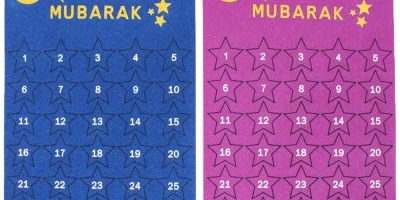Poster calendars have a rich history that reflects the evolution of timekeeping and societal changes. In this blog post, we’ll take a historical journey to explore the significance of poster calendars throughout different eras.
- Ancient Origins: The concept of calendars dates back to ancient civilizations, such as the Egyptians and Mesopotamians. Early calendars were primarily lunar or solar-based and were often depicted on monumental posters or stone tablets.
- Medieval Manuscripts: During the Middle Ages, illuminated manuscripts featured intricate calendar pages that combined religious observances with agricultural events. These manuscripts served as both practical tools and artistic expressions.
- Renaissance Innovation: The Renaissance era witnessed a surge in calendar artistry. The advent of printing allowed for the mass production of poster calendars featuring beautiful illustrations and detailed astronomical information.
- 19th-Century Decor: In the 19th century, poster calendars became popular decorative items in Victorian homes. They often featured romanticized landscapes, floral motifs, and sentimental illustrations.
- 20th-Century Commercialization: The 20th century saw the commercialization of poster calendars. Businesses began using them for advertising and branding purposes, leading to the widespread distribution of promotional calendars.
- Digital Era Revival: In the digital era, poster calendars experienced a revival as people sought tangible reminders and artistic decor in their homes. Customizable poster calendars have become a popular choice.
- Collectible Items: Vintage poster calendars from different eras have become collectible items, valued for their historical, artistic, and nostalgic significance.
In conclusion, poster calendars have evolved alongside human civilization, reflecting changes in art, culture, and technology. Their enduring presence attests to the enduring appeal of combining timekeeping with visual art.













